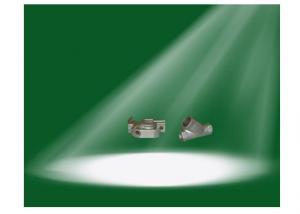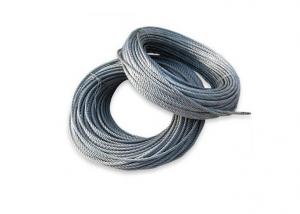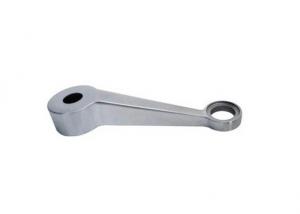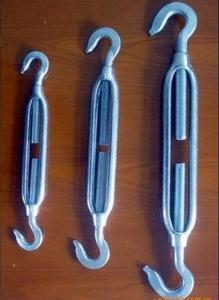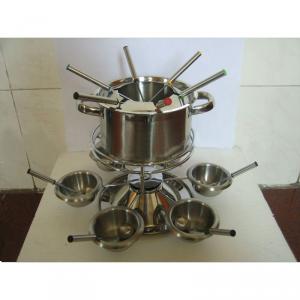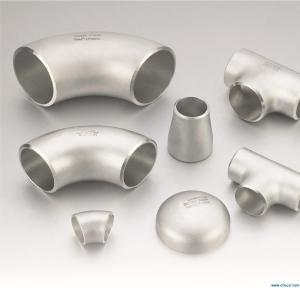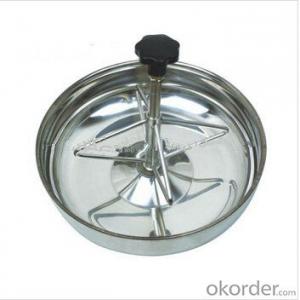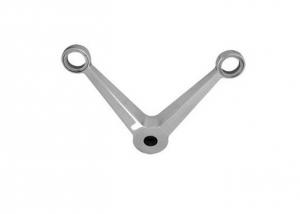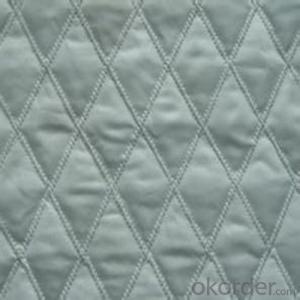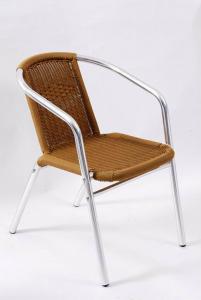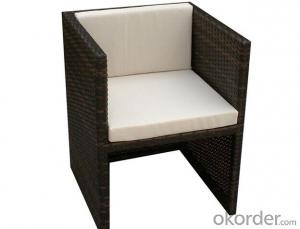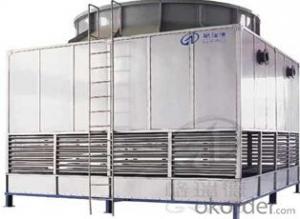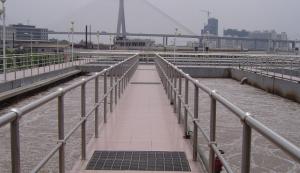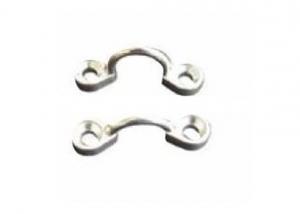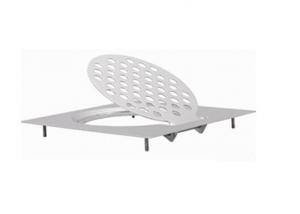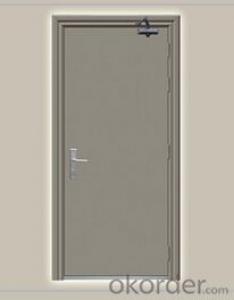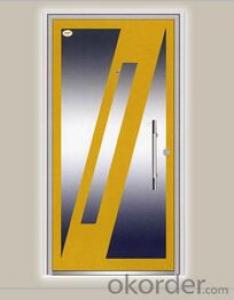The Stainless Steel Rat
The Stainless Steel Rat Related Searches
Stainless Steel Rat Rust Stainless Steel Stainless Steel Rust Rust Off Stainless Steel Rust From Stainless Steel Tarnished Stainless Steel Stainless Steel Gate Stainless Steel Wall Rust On Stainless Steel Patinated Stainless Steel Stainless Steel Rack Stainless Steel Roof Stainless Steel Door Stainless Steel Razor Stainless Steel Wall Art Stainless Steel Jar Stainless Steel Radiators Stainless Steel Rusts Metal Stainless Steel Stainless Steel Iron Sheet Of Stainless Steel Stainless Steel Art Stainless Steel Gun Stainless Steel Strut Tarnishing Stainless Steel Stainless Steel Rods Stainless Steel Cat Fountain Stainless Steel Pet Fountain Stainless Steel Roasting Rack Stainless Steel ScreenThe Stainless Steel Rat Supplier & Manufacturer from China
The Stainless Steel Rat is a collection of products that includes a variety of stainless steel items, such as cutlery, cookware, and other kitchen utensils. These products are known for their durability, corrosion resistance, and sleek appearance, making them a popular choice for both home and commercial use. The Stainless Steel Rat products are widely used in various settings, such as restaurants, hotels, and households, where their high-quality materials and design contribute to a more efficient and aesthetically pleasing kitchen environment.The Stainless Steel Rat products offer numerous benefits to their users. For instance, their stainless steel composition ensures that they are easy to clean and maintain, reducing the need for frequent replacements. Additionally, these products are designed to withstand high temperatures and heavy use, making them ideal for professional chefs and home cooks alike. The Stainless Steel Rat items also boast an elegant appearance, adding a touch of sophistication to any kitchen setting.
Okorder.com is a reputable wholesale supplier of The Stainless Steel Rat products, boasting a large inventory that caters to the needs of various customers. By offering a comprehensive range of stainless steel items, Okorder.com ensures that clients can find the perfect products to suit their specific requirements. With a commitment to quality and customer satisfaction, Okorder.com has established itself as a trusted source for The Stainless Steel Rat products, providing both individuals and businesses with the tools they need to create a functional and stylish kitchen space.

